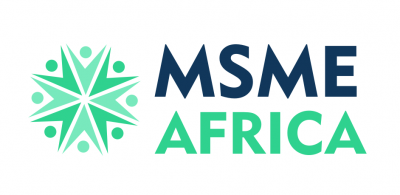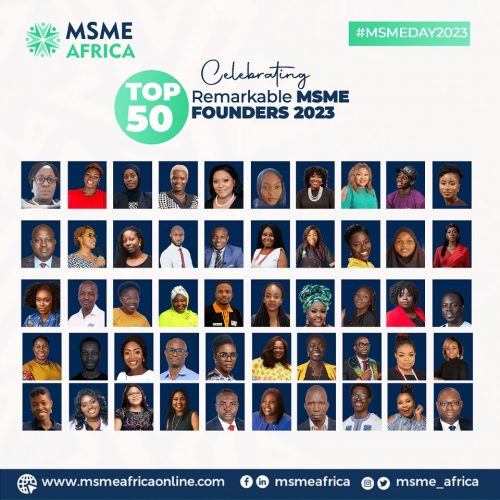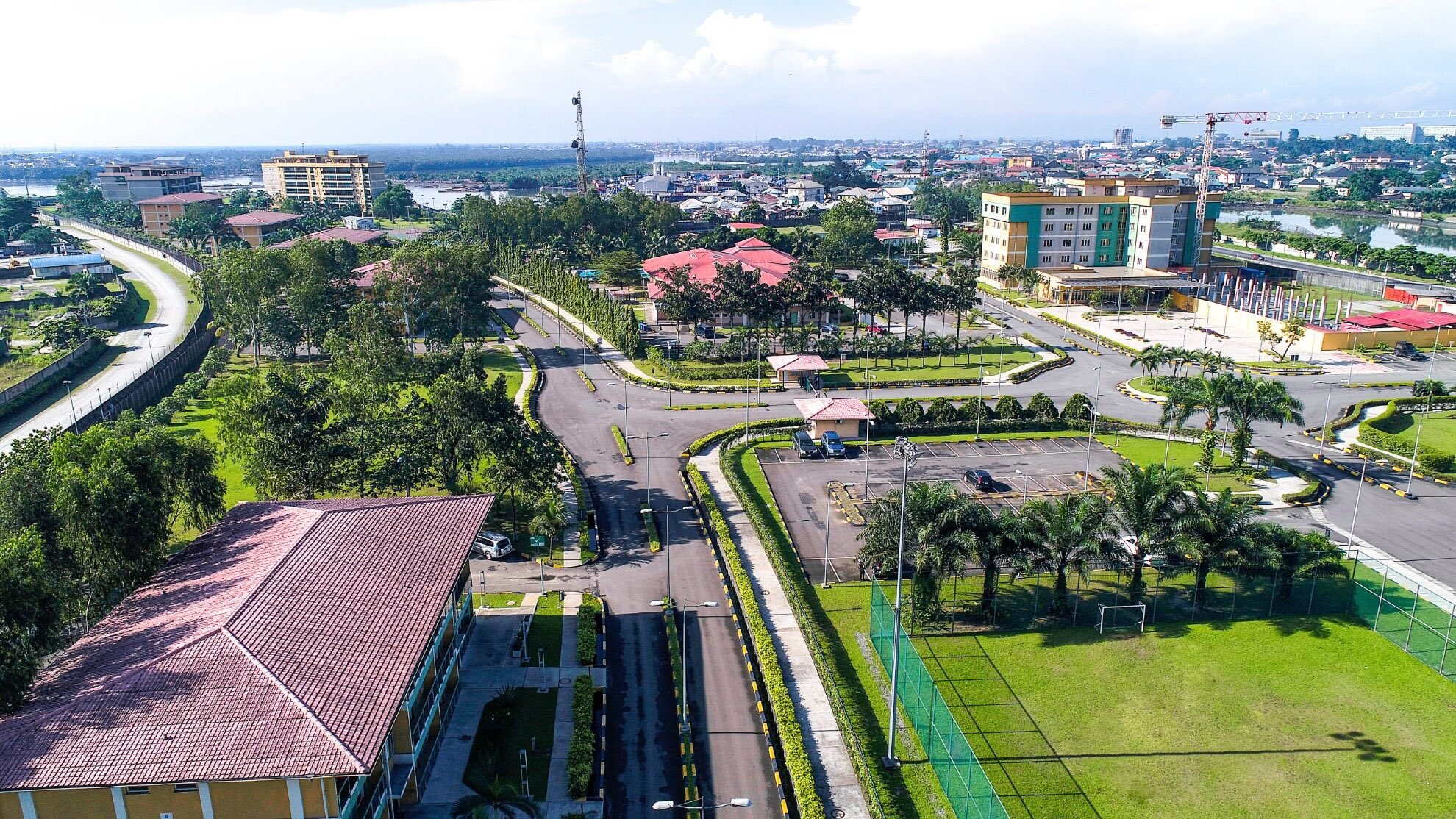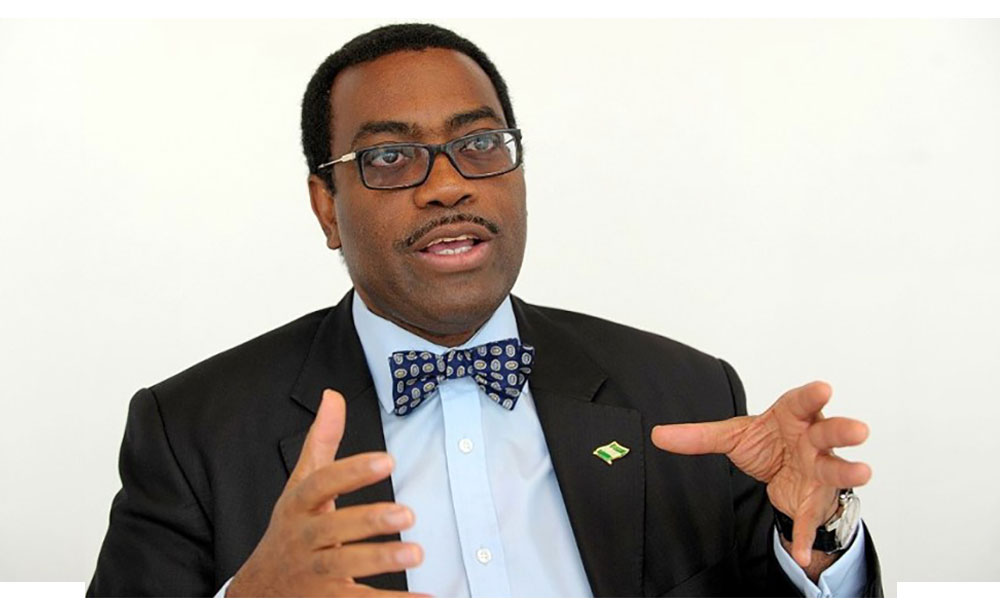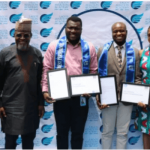The upcoming COP29 climate talks in Azerbaijan are poised to establish a historic financial target of $1 trillion annually to support developing nations in combating global warming. To achieve this ambitious goal, a series of innovative taxes and levies are being proposed, with focus areas including shipping, aviation, and fossil fuel industries.
Shipping Industry Leads the Charge
Shipping, which accounts for about 3% of global emissions, is at the forefront of discussions. Governments are considering a levy ranging from $18.75 to $300 per ton of carbon dioxide equivalent (CO2e), with different models proposed by the Pacific Islands, Caribbean nations, and countries like the European Union and Japan.
If implemented, a levy of $150–$300 per ton could generate approximately $127 billion annually by 2030, according to a study cited by the Global Solidarity Levies Task Force (GSLT). The revenue would decline in later decades as the shipping industry adopts cleaner technologies.
Aviation Taxation Gains Momentum
Aviation, responsible for 2% of global emissions, is also under scrutiny. Proposals include levies on kerosene fuel, private jets, luxury tickets, and frequent flyers. The GSLT estimates these measures could raise $19–$164 billion annually.
Currently, 29 countries impose taxes on aviation fuel through excise duties or carbon levies. However, expanding this to a global scale requires addressing legal barriers and ensuring fair competition among airlines.
Fossil Fuel Taxes in Focus
The fossil fuel sector remains a critical area for generating climate finance. Proposals include levies on fuel extraction and windfall taxes on energy company profits.
– A Climate Damages Tax of $5 per ton of extracted fossil fuels could yield $216 billion annually, according to Greenpeace.
– An ActionAid report revealed that taxing 50% of windfall profits from the top 14 fossil fuel companies over two years could have generated $173 billion.
Challenges and Opportunities
While these levies have the potential to fund the ambitious $1 trillion goal, hurdles remain. Ensuring a level playing field for industries, overcoming legal challenges, and securing global consensus are critical steps.
Daniel Adedokun, Head of Lafarge Geocycle, underscores the urgency of the initiative:
> “These measures represent our shared commitment to a sustainable and equitable future.”
As COP29 approaches, the world watches to see if global leaders can align on innovative solutions that balance environmental responsibility with economic opportunity. For MSMEs across Africa, these developments could open doors to green energy innovations, sustainable business practices, and long-term growth opportunities in a rapidly evolving economy.
